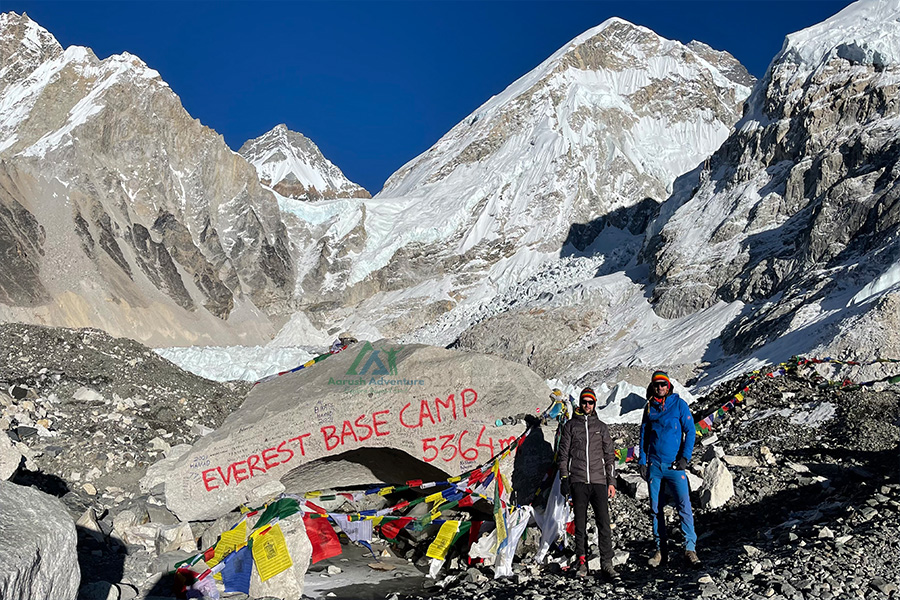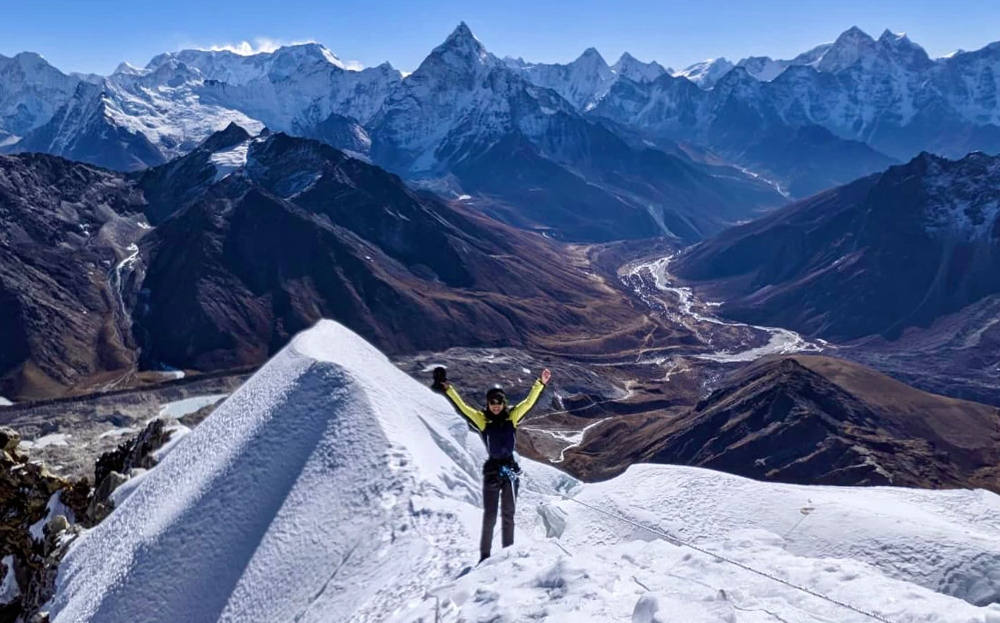US $5499
Mera Peak Climbing Overview
Mera Peak climbing is the highest trekking peaks in Nepal which are defined as ‘trekking peaks’. At 6476m it is a high peak that needs little practical climbing on its general trail. Aarush Adventure Pvt Ltd provides Mera Peak Trek that begins from arrival in Kathmandu to the earliest date of leaving home. The groups are generally teams with a number of people through average climbing and trekking experience viewing to attempt a snowy summit in Nepal. This peak is not very technical but that needs elemental alpine capabilities. This trek heads as a group through a team of porters takes the kit to the accommodation and sets up the camps on the highland.
Mera Peak climbing is not technically challenging but it is high at 6476m and has a long summit day, and the trekkers are surely open to the elements. The trekkers are required to take care of their hydration and keep a slow achievable pace. The snow route itself is not vertical, but it is a huge day out and it will sap their power. The elevation doesn’t just affect their power; it affects their entire metabolism, so trekkers are to expect their inclination and sleep to be changed. Alteration of the trekker’s diet to a simpler one is needed through less fried and fatty meals and more slow-energy carbohydrates. They need to drink much more than normal and get as much rest as they can.
The trekkers are required to be familiar with walking on crampons and being able to self-arrest through their walking axe. Reasons for individuals returning involve significant: tiredness, less strength in the muscles and just plain running out of gas on the day, Castro-intestinal issues (frequently from many days before), and surely elevation illness. Elevation plays a part in all of these problems, but the best advice is to eat well, drink well, sleep well, and move slowly.It is advised that the trekkers embark on an appropriate fitness scheme a minimum of six weeks before the trekker’s tour though, and one that creates up normal usual stamina and significant leg muscle groups. There is nothing such as trekking through a rucksack to train for this kind of tour, so the best advice is to get out to the highlands as frequently as they can. Trekkers are likely to carry around 10 kilos in their day sack as this is suitable to work through.
One of the highest peaks in Nepal- the Mera Peak, is synonymous with magnificence and beauty. Classified as a “trekking peak,” the Mera Peak stands at an altitude of 6,476 meters, shadowing the eastern Khumbu valley. The Mera Peak Climbing journey is among the most beautiful and magnificent journeys in the whole world. The 26-day journey is filled with incredible natural sights and views of Nepal’s highest Himalayas. Surrounded by the vast expanses of snow and ice, the trip is sure to become an unforgettable part of your travel journey that you do not want to miss out on!
Correspondingly, Mera Peak is also one of the most sought-after climbing peaks in the country. While the peak’s altitude seems daunting, the actual climb to its summit is not as challenging as many other climbing peaks. That said, Mera Peak Climbing is an excellent option for people who are novice mountaineers. It is a journey not only of endurance and achievement but also of culture and natural beauty. Very few places on Earth can match the tranquility and serenity of the Himalayas, and the Mera Peak Climbing perfectly captures this essence.
The journey begins with a flight to Phaplu from Kathmandu, and the trekking trail leads you through Khumbu’s most well-preserved natural environments. Making your way through the lush Himalayan woodlands, you eventually come across the dwindling of forests to meet the snowy expanses of the mountains. All along the journey, you will also get a chance to encounter and experience the culture and traditions of the ethnic Sherpa people. It is a magnificent trip that encompasses the best features of northern Nepal.
Our professional and experienced team members and guides will help you all along your trip as well. At every step of the way, you will be provided with the best services regarding all aspects of travel- such as transportation, food, and lodging. Join Brown Bear Trails for a memorable trip and also for the best services at every step of your trip! Book your Mera Peak Climbing Trip with us today!

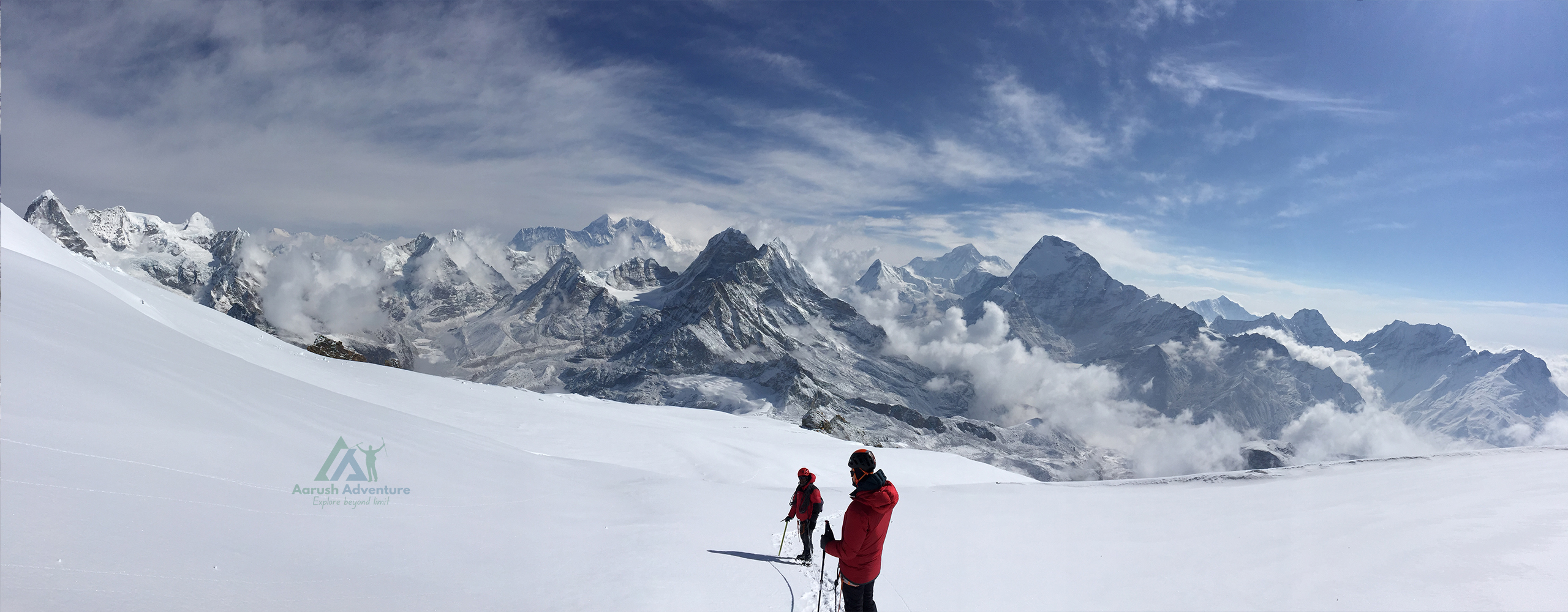



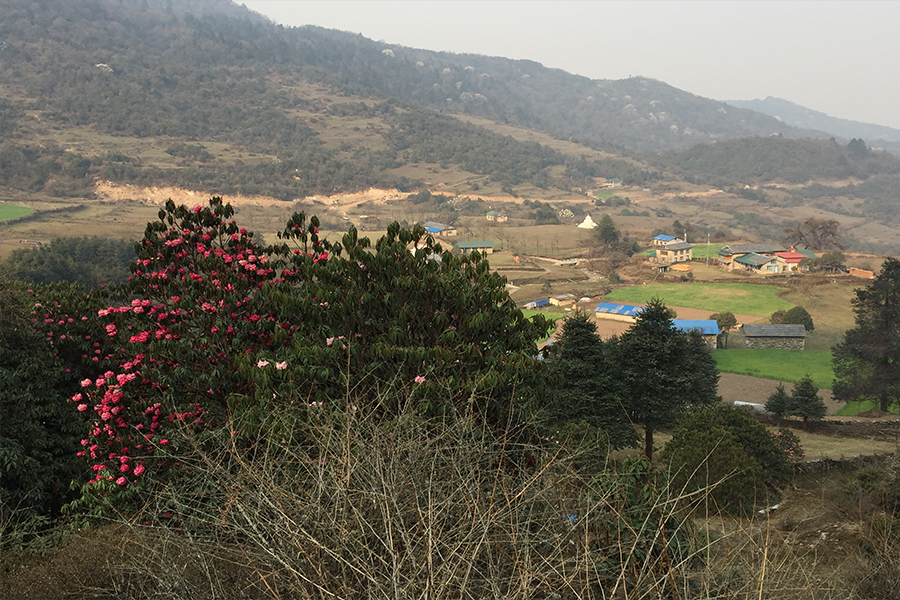
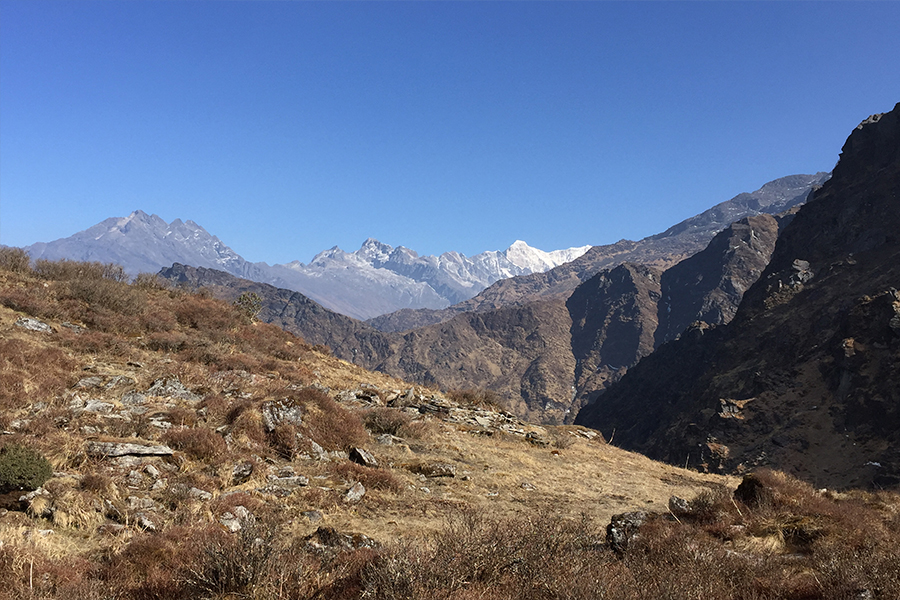
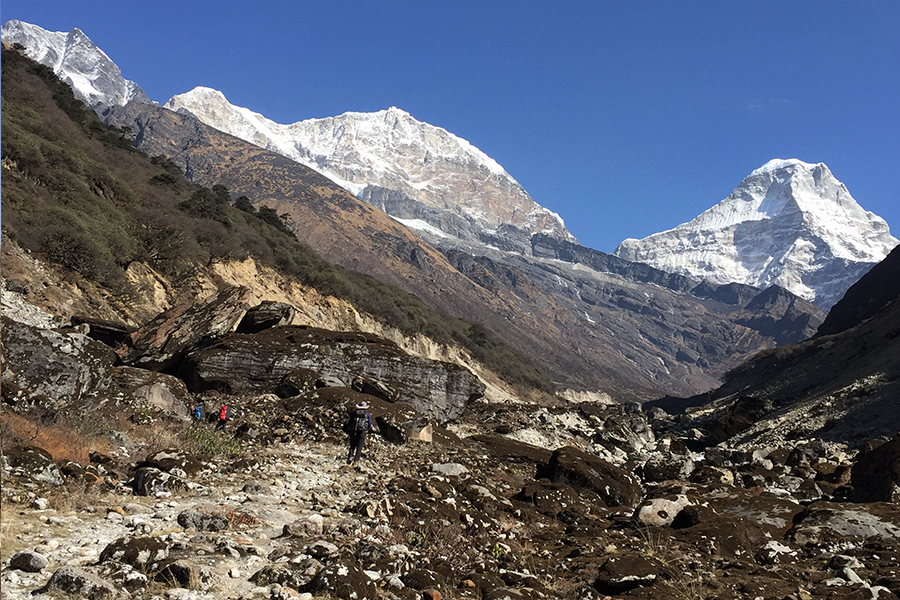
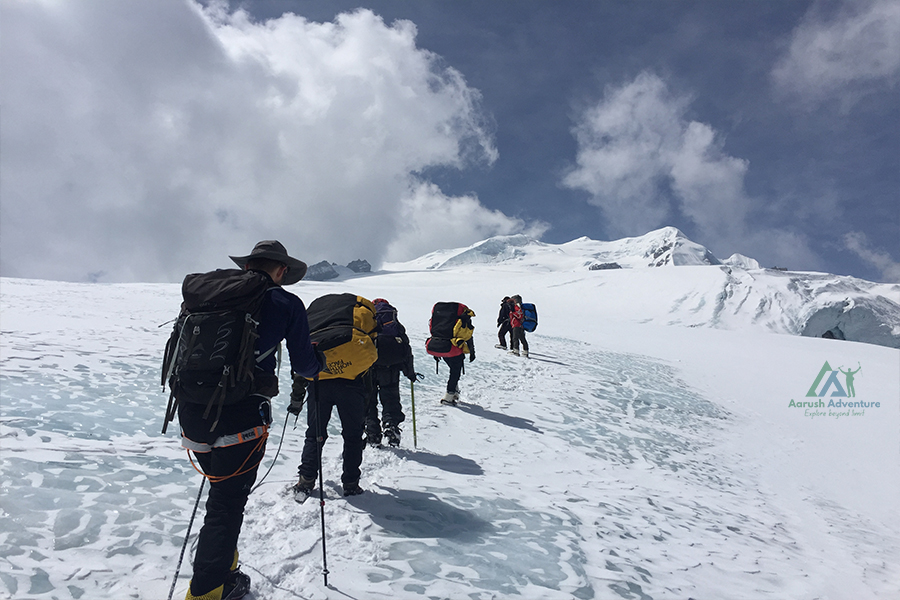
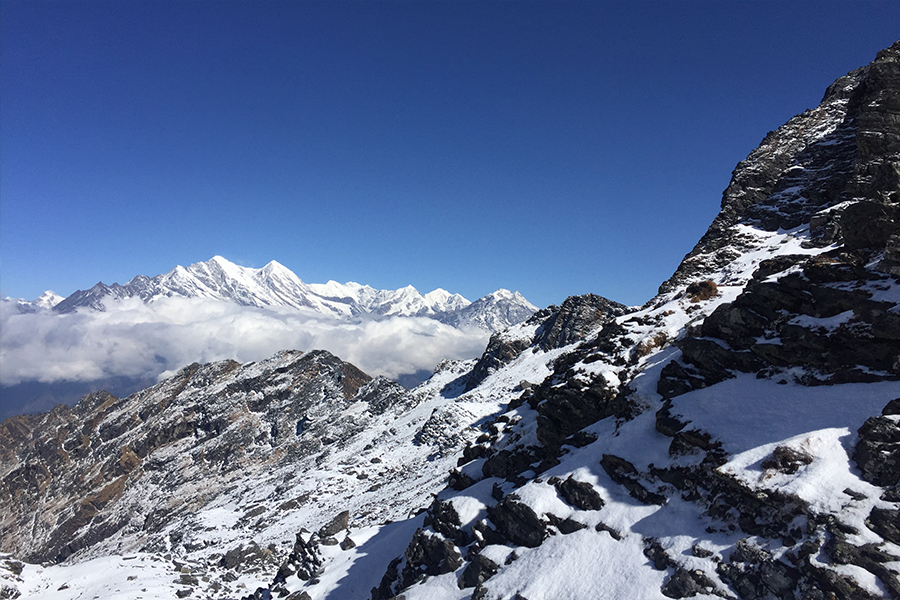
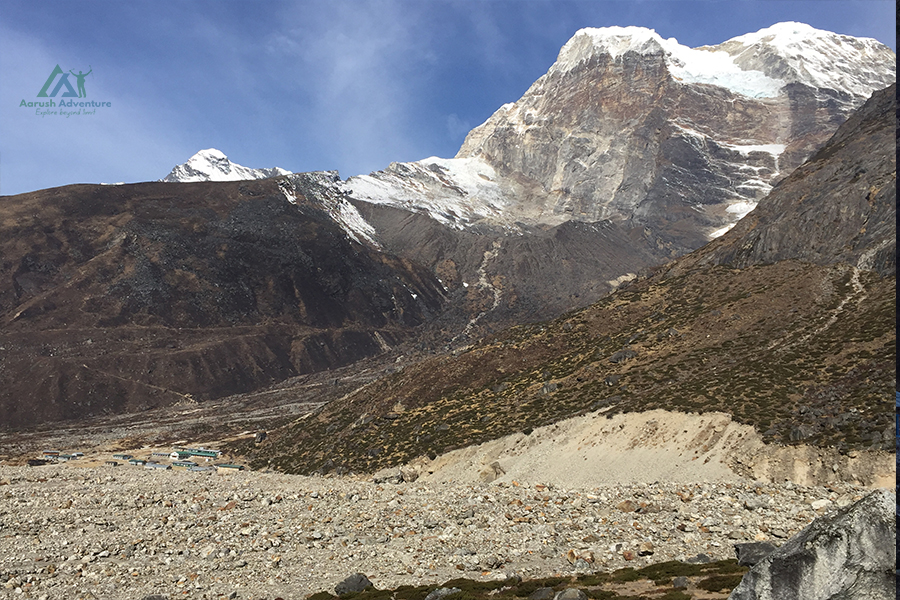
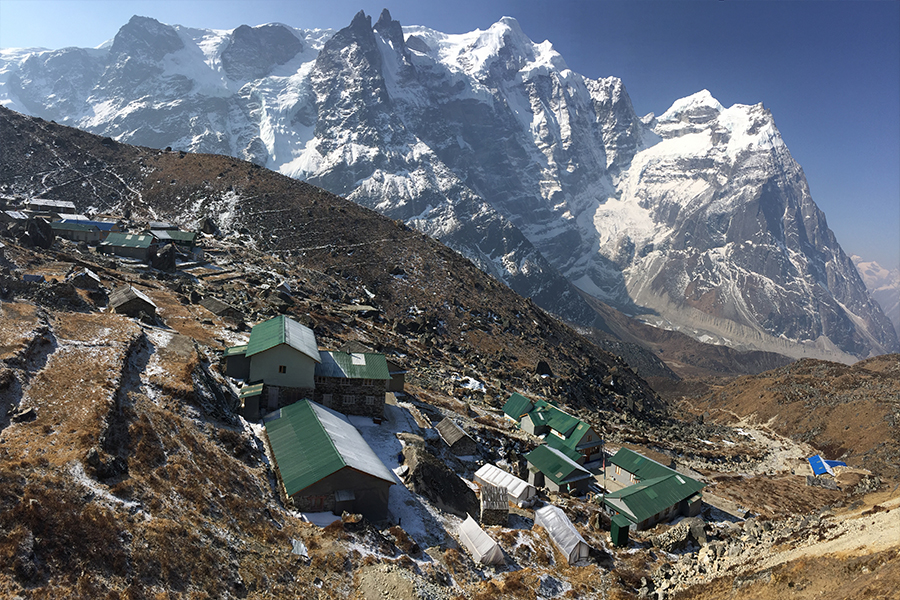
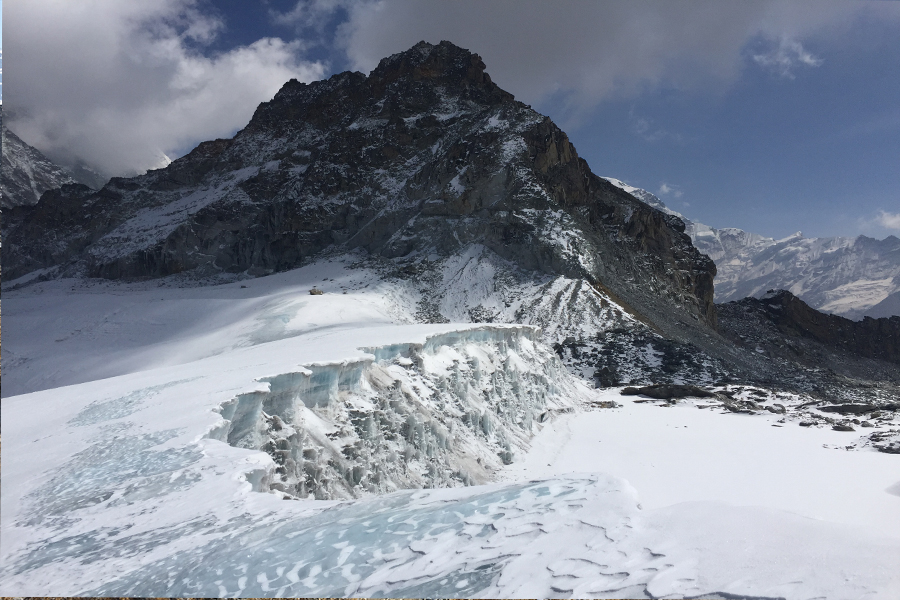
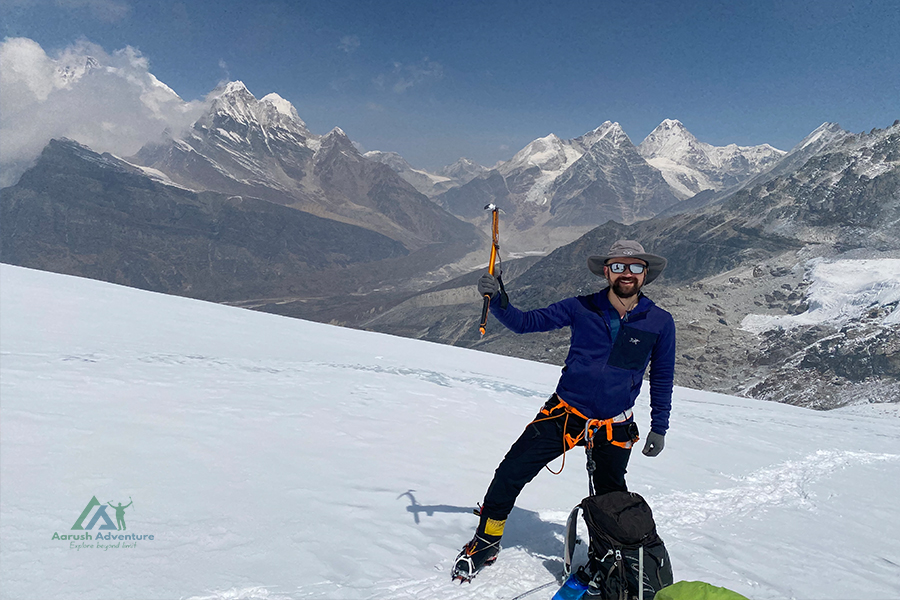
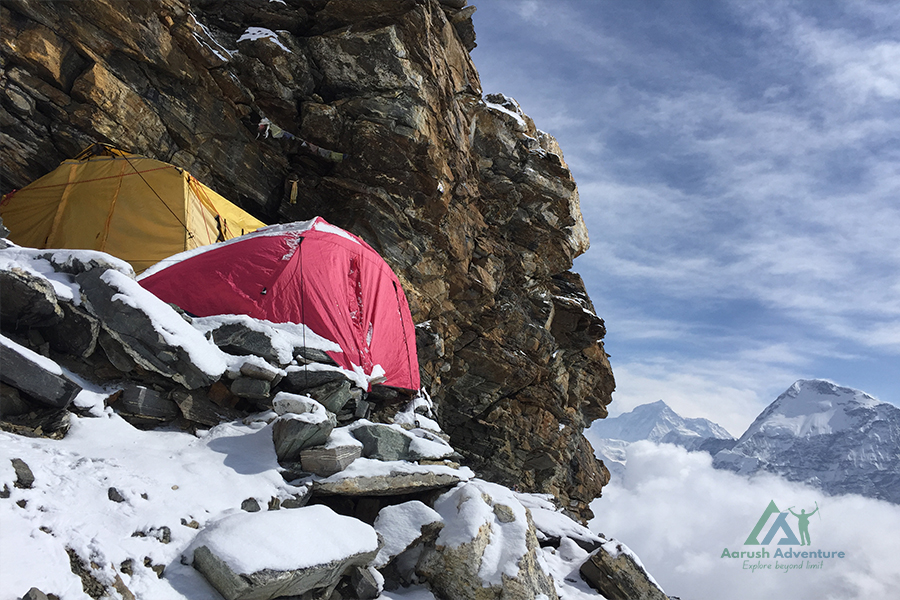
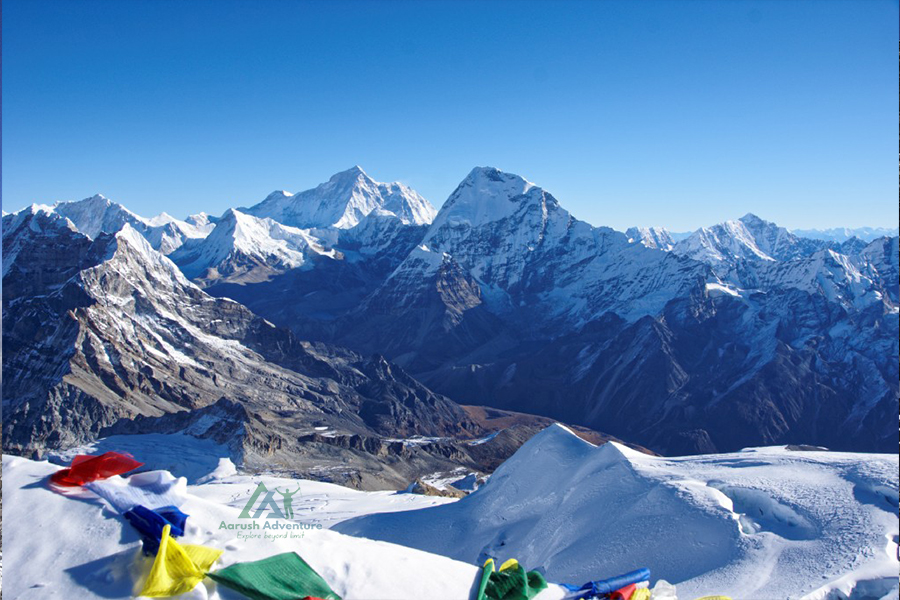
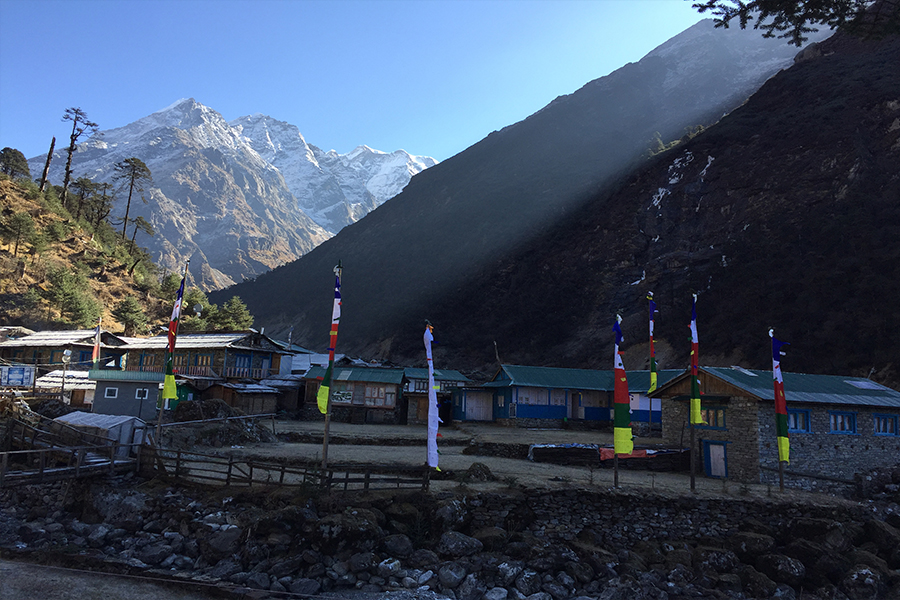 Following the same path once again, you will leave the snowy expanse behind and enter the woodlands once again as you make your way back to Kothe. The Himalayan views and the woods will keep you good company throughout, lungs will thanks to you. Overnights stay at Kothe,
Following the same path once again, you will leave the snowy expanse behind and enter the woodlands once again as you make your way back to Kothe. The Himalayan views and the woods will keep you good company throughout, lungs will thanks to you. Overnights stay at Kothe,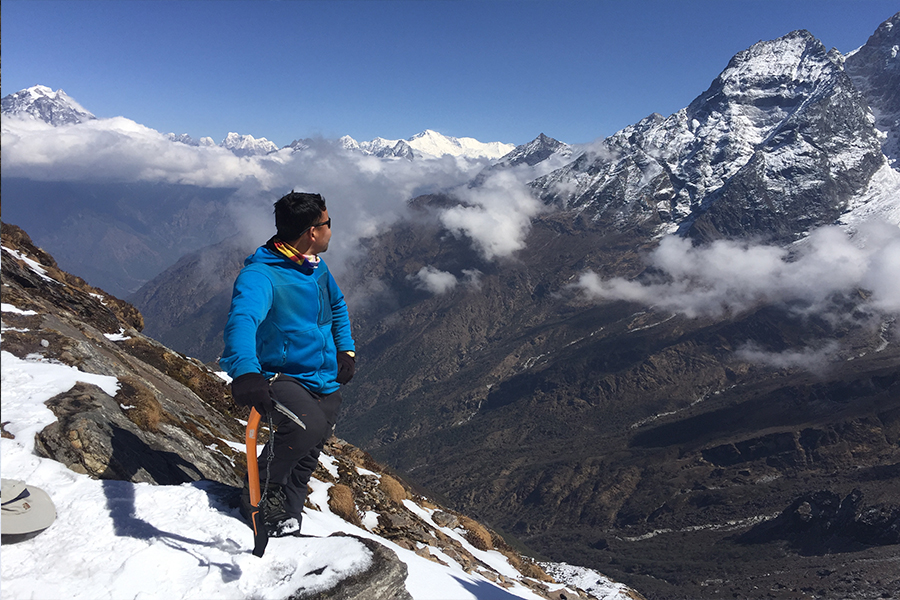
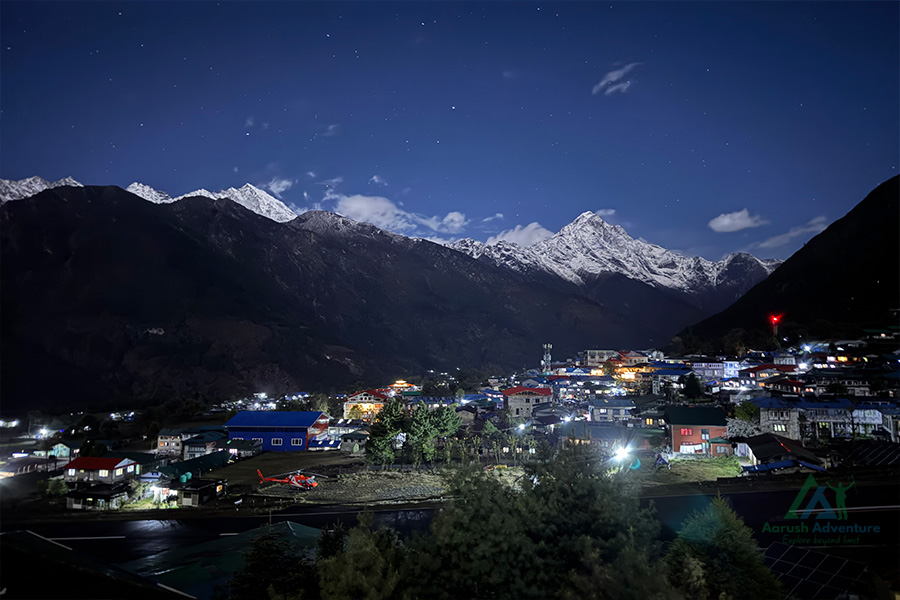


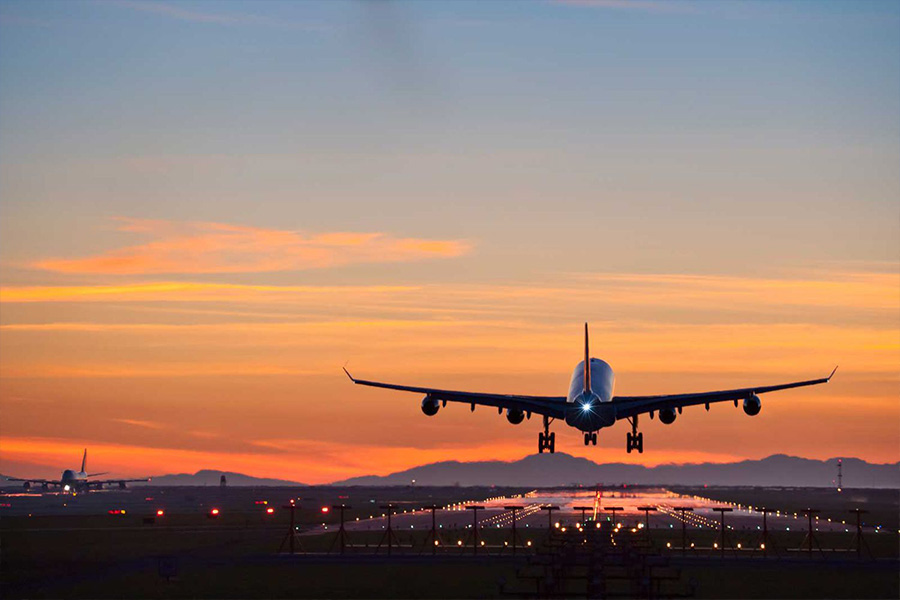


 Have Questions?
Have Questions?




